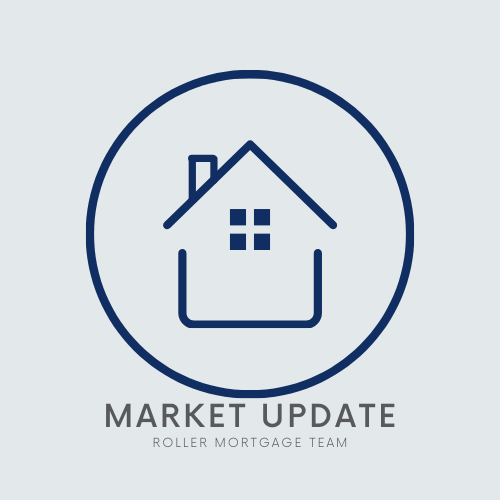Debunking the Misconceptions
As we continue down the winding road of life, the topic of financial stability during our golden years becomes ever more important. One tool that often pops up during these discussions is the reverse mortgage. Yet, for something so often mentioned, it’s surprising how many myths have woven themselves around the concept, leading to confusion and skepticism. That’s why we’re here to burst those bubbles.Let’s set the record straight and debunk some of the most common misunderstandings about this financial tool. Buckle up and let’s get started!
Myth 1: Reverse Mortgages are a Last Resort
Contrary to popular belief, reverse mortgages are not solely a last-ditch effort for desperate situations. They’re actually a flexible financial tool.
Debunking the Myth
Truth be told, reverse mortgages can be a strategic part of a robust retirement plan. Many financially savvy seniors use it as a way to preserve and maximize other retirement assets.
- Asset Preservation: A reverse mortgage can allow a homeowner to tap into their home equity for living expenses, thereby preserving other assets. By doing this, they can let their investments continue to grow, or avoid drawing down on retirement accounts that could result in taxes.
- Cash Flow Management: Reverse mortgages can provide a steady stream of income, or a line of credit that can be drawn on when needed. This can help manage cash flow in retirement, reducing the need to sell investments at inopportune times.
- Longevity Risk: The payouts from a reverse mortgage can continue as long as the homeowner lives in the house, helping to address the risk of outliving one’s assets.
- Market Volatility Protection: If the market is down, a homeowner can draw on their reverse mortgage rather than selling investments at a loss.
- Home Value Insulation: In a federally insured Home Equity Conversion Mortgage (HECM), the most common type of reverse mortgage in the U.S., the homeowner (or their heirs) will never owe more than the home is worth when the loan is repaid. This means that if the house’s value goes down, the lender will absorb the loss.
Myth 2: The Bank Owns Your Home
The thought of losing home ownership is a scary one. But is it a reality with reverse mortgages?
The Real Story
Spoiler alert: it’s not! As long as you continue to meet your loan obligations like paying property taxes and home insurance, the title remains yours. You’re not handing over the keys, just unlocking your home’s potential.
Myth 3: Your Heirs Will Inherit Debt
Another common misconception is that reverse mortgages burden your children or heirs with debt. But what’s the actual scoop?
Setting it Straight
The fact of the matter is, reverse mortgages are “non-recourse” loans. This means the amount due can never exceed the value of the home at the time of repayment. If your home is sold to repay the loan and there’s a shortfall, federal insurance covers it. Your heirs won’t be left holding the bag.
Myth 4: Reverse Mortgages are Costly
Let’s talk about the elephant in the room: the belief that reverse mortgages come with exorbitant fees and high costs.
Breaking Down the Costs
Sure, there are costs involved, like origination fees and insurance premiums. But these costs are similar to those of regular mortgages or home equity loans. Remember, the devil’s always in the details; it’s important to compare apples to apples.
Myth 5: Reverse Mortgages Can Impact Social Security and Medicare
Worried that a reverse mortgage could mean kissing your social security and Medicare benefits goodbye? Let’s delve into the truth.
Separating Fact from Fiction
Well, you can breathe easy! The funds from a reverse mortgage do not affect these benefits. However, need-based benefits like Medicaid could potentially be impacted. So, always consult with a financial advisor before making a decision.
FAQs
1. Who is eligible for a reverse mortgage?
To be eligible for a reverse mortgage, you must be at least 62 years old, live in your home as your primary residence, and have sufficient home equity.
2. Can I use the funds from a reverse mortgage for anything?
Yes, you can! Whether it’s for home improvements, travel, or healthcare costs, there are no restrictions on how you can use the funds.
3. What happens if I move out of my home?
If you move out, the reverse mortgage will need to be repaid. If you’re away for more than 12 consecutive months (for example, if you move into a care facility), it’s considered a permanent move.
4. What types of homes are eligible for a reverse mortgage?
Most types of homes are eligible, including single-family homes, multi-family homes (as long as you live in one unit), and approved condominiums. However, co-ops and most mobile homes are not eligible.
5. How do I repay a reverse mortgage?
A reverse mortgage is typically repaid when you move out of your home or pass away. The home is often sold, and the proceeds are used to pay off the loan.
6. Are reverse mortgages safe?
Yes, reverse mortgages are safe and are federally insured. However, as with any financial decision, it’s important to understand all the terms and conditions before proceeding.
There’s more than meets the eye when it comes to reverse mortgages. And though myths and misconceptions abound, the truth is a lot less daunting. Hopefully, the LeaderOne Financial Roller Mortgage Team has helped clear the air about any misconceptions. Remember, knowledge is power, and making well-informed decisions is your ticket to a secure financial future.



